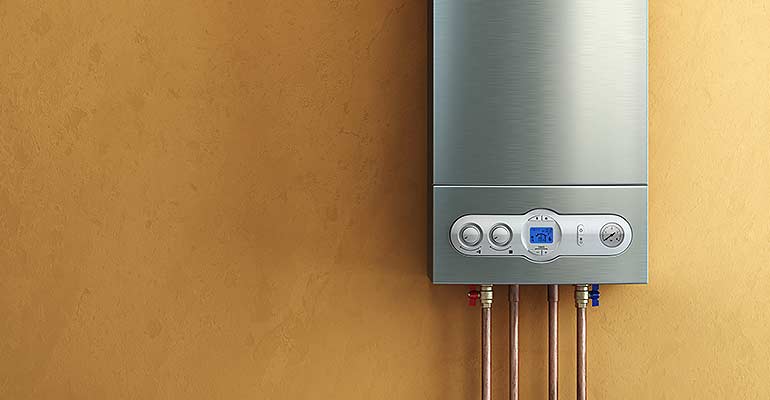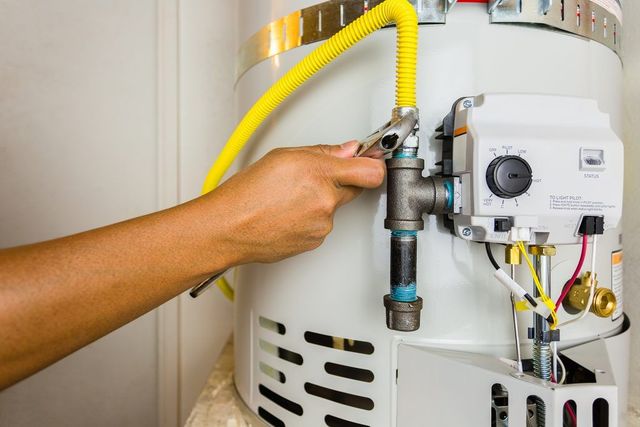Best Practices for Maintaining Your Home's Hot Water System
Best Practices for Maintaining Your Home's Hot Water System
Blog Article
We've stumbled on this post involving How to Maintain Your Water Heater & Prolong its Life down the page on the web and decided it made sense to discuss it with you on this site.

Hot water is crucial for everyday comfort, whether it's for a revitalizing shower or cleaning dishes. To guarantee your warm water system runs efficiently and lasts much longer, routine maintenance is vital. This short article gives useful tips and understandings on just how to preserve your home's hot water system to stay clear of interruptions and pricey repair work.
Introduction
Preserving your home's hot water system could seem daunting, yet with a few basic steps, you can guarantee it operates efficiently for many years ahead. This guide covers every little thing from comprehending your warm water system to DIY upkeep tips and understanding when to hire expert aid.
Significance of Keeping Your Hot Water System
Normal maintenance not only expands the life expectancy of your hot water system yet likewise ensures it runs efficiently. Disregarding maintenance can bring about decreased effectiveness, greater power bills, and even premature failure of the system.
Indicators Your Hot Water System Demands Maintenance
Understanding when your warm water system requires interest can prevent major concerns. Look out for signs such as irregular water temperature level, unusual sounds from the heating unit, or corroded water.
Understanding Your Hot Water System
Prior to diving into maintenance tasks, it's handy to understand the fundamental parts of your warm water system. Usually, this includes the hot water heater itself, pipes, anode poles, and temperature controls.
Month-to-month Maintenance Tasks
Routine regular monthly checks can aid catch minor problems prior to they rise.
Flushing the Hot Water Heater
Flushing your water heater eliminates debris build-up, improving efficiency and extending its life.
Monitoring and Changing Anode Rods
Anode poles protect against deterioration inside the container. Inspecting and replacing them when worn out is important.
Evaluating and Readjusting Temperature Level Settings
Readjusting the temperature setups guarantees optimum performance and security.
DIY Tips for Maintenance
You can execute a number of upkeep tasks on your own to maintain your hot water system in leading condition.
Looking for Leakages
Frequently evaluate pipes and links for leakages, as these can result in water damages and higher bills.
Evaluating Stress Alleviation Valves
Examining the pressure relief valve ensures it works properly and protects against too much stress buildup.
Insulating Pipes
Protecting hot water pipelines minimizes warmth loss and can conserve power.
When to Call a Specialist
While DIY maintenance is advantageous, some problems need expert know-how.
Complicated Problems Needing Expert Assistance
Instances consist of significant leaks, electrical issues, or if your water heater is regularly underperforming.
Routine Expert Maintenance Advantages
Expert upkeep can consist of complete assessments, tune-ups, and making sure conformity with security requirements.
Final thought
Regular maintenance of your home's warm water system is crucial for performance, durability, and expense savings. By following these tips and understanding when to seek professional help, you can ensure a reliable supply of hot water without unexpected disruptions.
How to Maintain an Instant Hot Water Heater
Before tinkering with your hot water heater, make sure that it’s not powered on. You also have to turn off the main circuit breaker and shut off the main gas line to prevent accidents. Also turn off the water valves connected to your unit to prevent water from flowing into and out of the appliance. 2. When you’re done, you have to detach the purge valves’ caps. These look like the letter “T†and are situated on either side of the water valves. Doing so will release any pressure that has accumulated inside the valves while at the same time avoid hot water from shooting out and burning your skin. 3. When the purge valves’ caps are removed, you have to connect your hosing lines to the valves. Your unit should have come with three hoses but if it didn’t, you can purchase these things from any hardware or home repair shops. You can also get them from retail stores that sell water heating systems. Read the user’s manual and follow it to complete this task properly. When the hosing lines are connected, open the purge port’s valves. 4. You should never use harsh chemical cleaners or solutions when cleaning your unit. Make use of white vinegar instead. It should be undiluted and you’ll probably use about 2 gallons. 5. Now flush your water heater. This task should probably take about 40 minutes. We can’t give you specific directions for this because the procedure is carried out depending on the type, model and brand of your heater. With that being said, refer to the user’s manual. 6. When you’re done draining the unit, you have to turn off the purge port valves again. Remove the hosing lines that you earlier installed on each of the water valves. Put the valve caps (purge port) back in their respective places and be very careful so as not to damage the rubber discs that are found inside these caps. 7. Now that everything’s back in place, check your user’s manual again to find out how to reactivate your water heating system. 8. Once it is working, turn one of your hot water faucets on just to let air pass through the heater’s water supply pipes. Leave the tap on until water flows smoothly out of it. https://www.orrplumbing.com/blog/2014/september/how-to-maintain-an-instant-hot-water-heater/

I'm just very interested by Tips For Maintaining Your Hot Water Heater and I really hope you enjoyed the entire post. Sharing is good. Helping people is fun. Bless you for being here. Return soon.
Request An Estimate Report this page